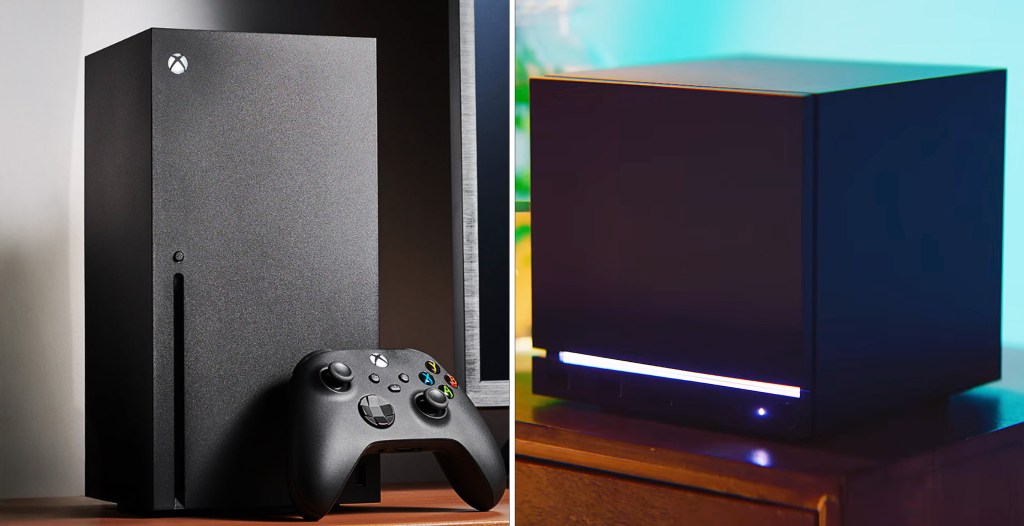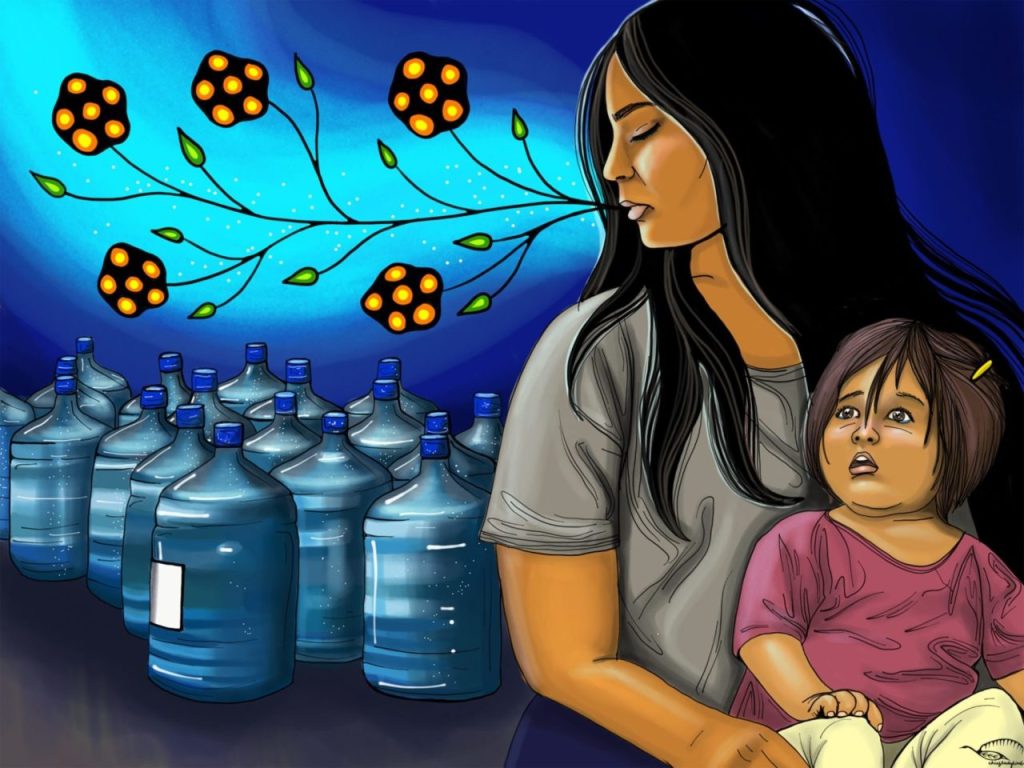It seems unfathomable: that in a country like Canada, with abundant fresh water resources, people still can’t get safe drinking water out of their taps. But that’s the case for many First Nations — in some places, it has been like that for decades.
During a VICE Canada hosted town hall during the 2015 federal Canadian election, Liberal leader Justin Trudeau vowed to end all boil water advisories in Indigenous communities. VICE News Canada has tried to hold him to that promise, repeatedly returning to the people, and the chronic problems underlying what is a question of human rights.
Videos by VICE
This page is a hub for our ongoing coverage of the issue.
In 2017, VICE News Canada took an in depth look at the problem, why Ottawa has failed to fix it, and how Indigenous people are taking matters into their own hands.
We started off by mapping the crisis.
This map is based on data from Health Canada and the First Nations Health Authority in British Columbia as of July 31, 2017. It covers First Nations communities under the authority of the federal government south of the 60th parallel, excluding advisories in the Saskatoon Tribal Council, which represents about 11,000 people within a 200 kilometre radius of Saskatoon, and which deals with its own water. The federal government’s data is not always accurate, and communities can be added and removed from this list sporadically. Blue dots indicate a current boil-water advisory, green dots indicate advisories that have ended, and blue pins denote areas of particular interest. VICE News welcomes any additional information that can update this map and paint a clearer picture of this critical problem.
The human cost of the water crisis
How leaders are responding
More coverage of the water crisis:
This is what the water crisis looks like in Newfoundland.
Inside Justin Trudeau’s historic visit to an isolated Indigenous reserve in Canada.
More
From VICE
-

Screenshot: Microsoft/Valve -

Lettuce (Credit: Sam Silkworth) -

Screenshot: Pokemon Go -

Clara Balzary
